AIRBORNE AIRCRAFT CARRIERS; WINGTIP COUPLING GIVING A FREE RIDE TO FIGHTERS
INTRO
In this chapter, you will read about the concept of the Post-War Airborne Aircraft Carriers. During WWII, the USAF’s long-distance bombers’ flight- range made huge leaps forward with every new model that came out. Rapid technological development in Aero Engine Power output allowed upscaling to unprecedented dimensions of the airframe, wings, and internal fuel tanks. All that extra fuel stretched the flight range from less than 3,000 in 1940 to over 6,000 miles by the end of the war!
In the end, all coupling tests came to a halt, as the larger long-distance Airborne Tankers based on the modern heavy Bomber designs arrived on the scene. It was the Tanker-converted Bomber aircraft that could give the much-wanted flight-range extension to the thirsty escorting Jet Fighters. This was less complex and risky in coupling with a ‘Flying Boom’ and could bring about many more fighters for protecting the slower Bombers.

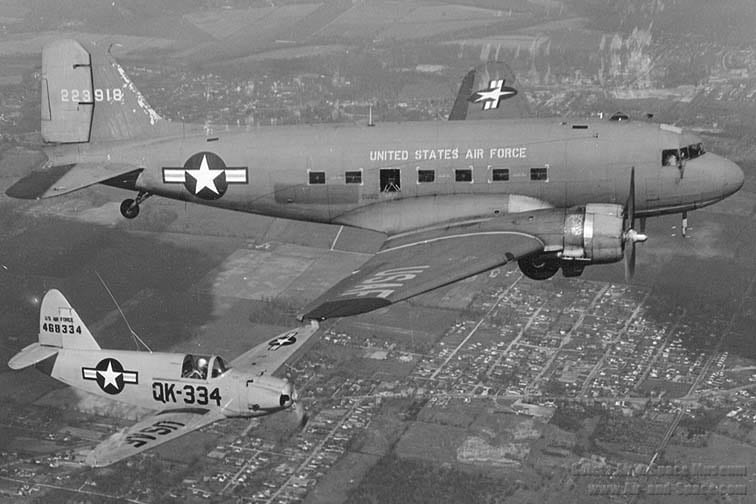





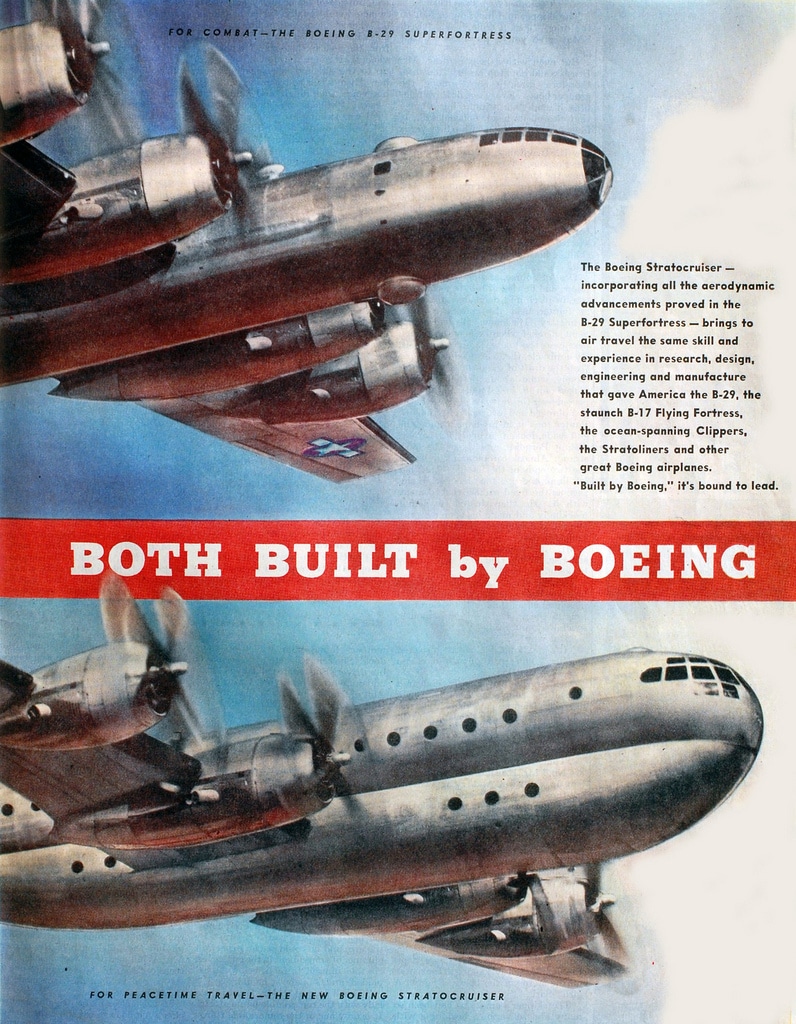

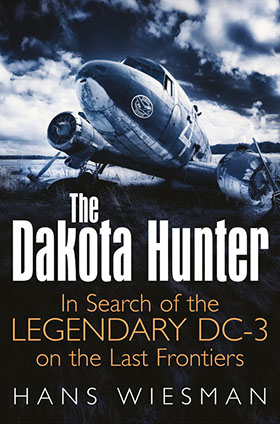
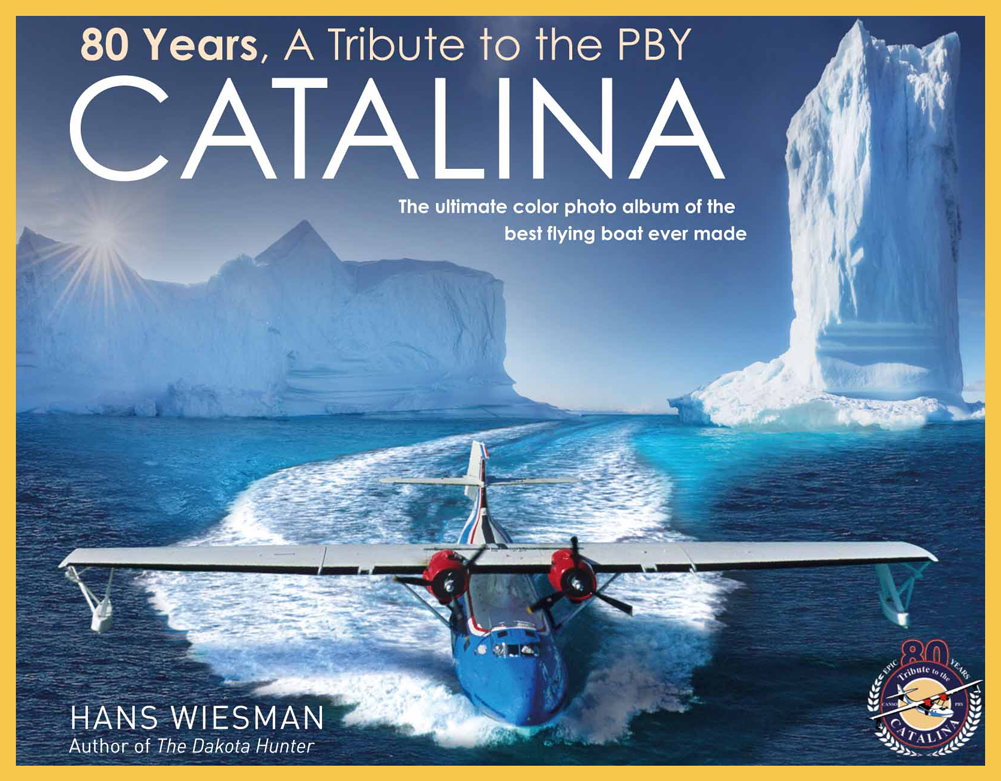
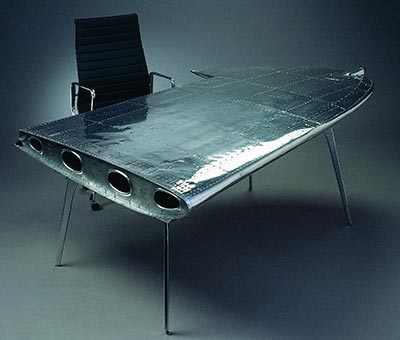
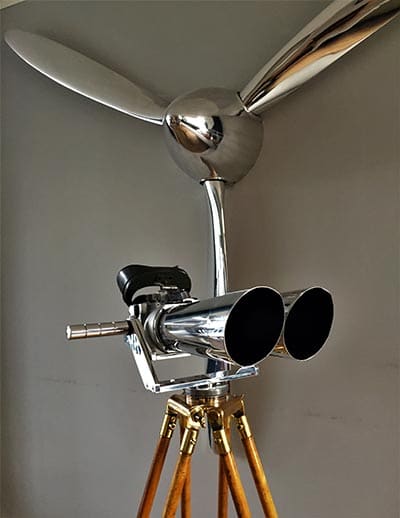
see my email to you of today re this subject
best, Hans